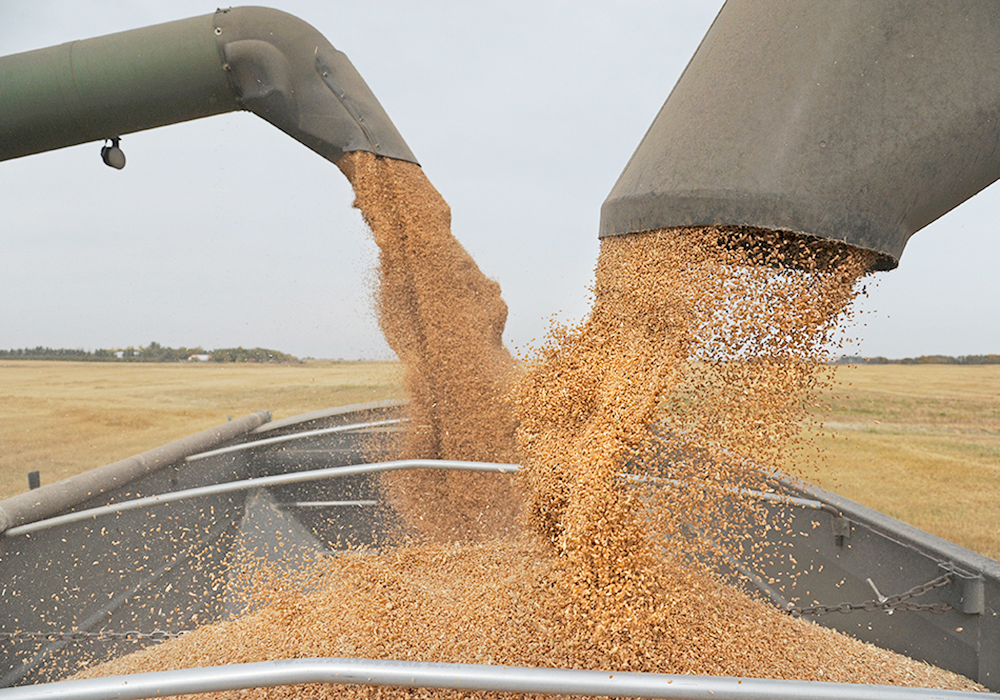Glacier FarmMedia – Realized net farm income in Canada increased 18.3 per cent last year to $14.5 billion as growth in receipts offset a rise in expenses, according to a report from Statistics Canada.
The increase followed a 4.1 per cent decline in 2022 and a 69.6 per cent increase in 2021.
However, total net income, which adjusts for changes in farmer-owned inventories of crops and livestock, was down. It represents the return to owner’s equity, unpaid farm labour, management and risk.
Read Also

Government, industry seek canola tariff resolution
Governments and industry continue to discuss how best to deal with Chinese tariffs on Canadian agricultural products, particularly canola.
In 2023, year-end inventories were lower compared with 2022 because of increased marketings. Inventories in 2022 were higher as a result of better growing conditions, which led to higher production following the drought in 2021, according to StatCan.
Realized net income is the difference between a farmer’s cash receipts and operating expenses, minus depreciation plus income in kind.
Total farm cash receipts rose 4.4 per cent from 2022.
Higher prices for cattle and calves resulted in increased livestock receipts while higher crop marketings contributed to increased crop receipts. Program payments decreased $758.4 million in 2023 as much of the relief related to the 2021 drought had been paid out in 2022, said StatCan.
Total expenses (after rebates) increased at a more modest pace of 2.4 per cent in 2023. Farmers faced higher costs for interest expenses (plus 39.1 per cent) and livestock and poultry purchases (plus 36.5 per cent), while key agricultural inputs, such as fertilizer and lime (minus 18.9 per cent) and machinery fuel (minus 14.1 per cent) declined following gains in 2022.
Saskatchewan saw the largest increase in realized net income, rising by $1.9 billion to hit $6.065 billion. Manitoba’s realized net income was up by $227 million at $1.823 billion, while Alberta saw realized net income up by $374 million at $3.528 billion.
To the east, both Ontario and Quebec reported reductions in realized net farm income, with Ontario down by $67 million at $2.501 billion and Quebec posting a $244 million drop at $601 million.
The gains in the Prairie provinces were mainly the result of a drop in fertilizer prices, the largest expense item for grain growers, while lower hog receipts were the main factor in the decrease in Quebec.
While realized net income was higher for Canadian farmers overall, net income decreased by $8.9 billion on the year to come in at $12.8 billion in 2023.


















